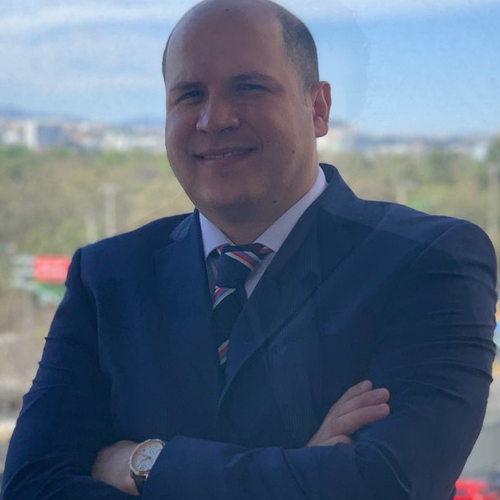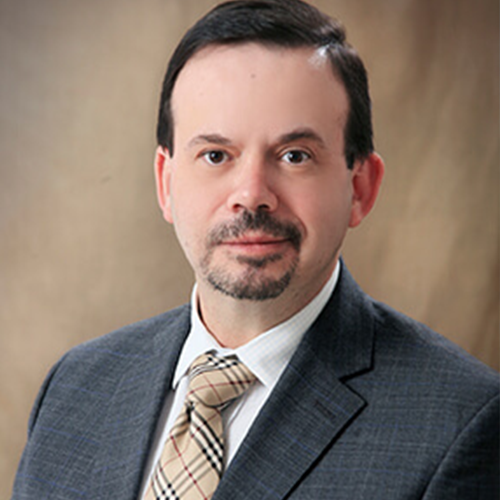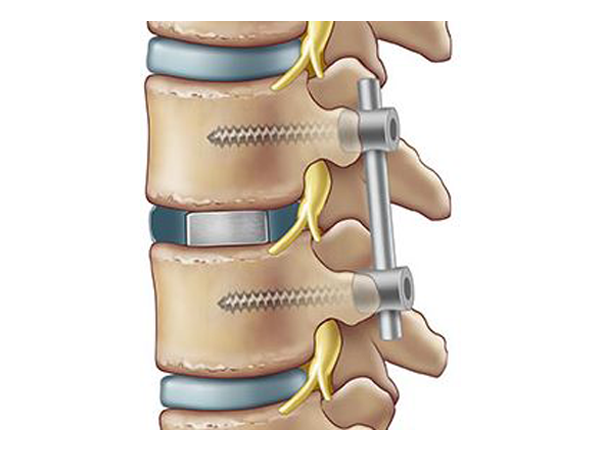Lumbar spinal fusion refers to back surgery during which two or more vertebral segments of the spine are fused together. The goal of lumbar fusion surgery is to relieve pain, numbness, tingling, and weakness, restore nerve function, stop or prevent abnormal motion in the spine, and provide more space for the decompressed spinal cord and nerve roots to heal. There are several surgical techniques to perform a lumbar spinal fusion.
How is Lumbar Fusion Performed
At each level in the spine, there is a disc space in the front and paired facet joints in the back. Together, these structures permit multiple degrees of motion. In some spinal disorders, abnormal and excessive motion at a vertebral segment is present, causing severe pain and inability to function. In these cases, a lumbar fusion may be considered to correct the problem in the spine.
Lumbar spinal fusion can be done in the front or the back of the spine and frequently involves the use of hardware. Usually, lumbar spinal fusion is performed in one spinal level; however, spinal fusion can be carried out in multiple segments when it is needed.
There are several types of lumbar spinal fusion surgery options. In most of these surgeries, screws, rods and bone grafts are used. The most commonly employed surgical techniques include:
- Posterolateral gutter fusion: The procedure is done through the back
- Posterior lumbar interbody fusion (PLIF): The procedure is done from the back and includes removing the disc between two vertebrae and inserting a special device and bone into the space created between the two vertebral bodies
- Anterior lumbar interbody fusion (ALIF): The procedure is done from the front and includes removing the disc between two vertebrae and inserting bone into the space created between the two vertebral bodies
- Anterior/posterior spinal fusion: The procedure is done from the front and the back
- Transforaminal lumbar interbody fusion (TLIF): Similar to the PLIF, this procedure is also done from the back of the spine
- Extreme Lateral Interbody Fusion (XLIF) – an interbody fusion in which the approach is from the side

Figure 1. Different types of lumbar fusion
Indications for Lumbar Spinal Fusion
Spinal fusion is an option when motion is the source of pain, such as movement that occurs in a part of the spine that is arthritic or unstable due to injury, disease, or the normal aging process. The theory is if the painful vertebrae do not move, they should not hurt. Fusion will take away some spinal flexibility, but most spinal fusions involve only small segments of the spine and do not limit motion very much. The majority of patients will not notice a decrease in range of motion.
Spinal fusion may help relieve symptoms of many back problems, including:
- Degenerative disk disease
- Spondylolisthesis
- Spinal stenosis
- Scoliosis
- Fractured vertebra
- Infection
- Recurrent herniated disk
- Tumor
Awesome Doctors for your Neurosurgery Needs

Dr. JJ Ramirez
Neurocirujano
Dr. Ramirez attended medical school at the Universidad Autonoma of Guadalajara School of Medicine in Guadalajara Mexico. Dr. Ramirez performed his Neurosurgery training at the National Institute of Neurology and Neurosurgery in Mexico City

Dr. Ramiro Pérez
Neurosurgeon
Dr. Ramiro Pérez attended medical school at the University of Guadalajara School of Medicine in Guadalajara México. Dr. Pérez performed his Neurosurgery training in Centro Medico Siglo XXI IMSS and has been practicing his specialty for more than 13 years.

Dr. Felipe Nares
Neurosurgeon
Dr. Nares attended medical school at the University of Aguascalientes, He is trained to perform anterior and lateral approaches to the spine from the cervical to the lumbar spine, as well as minimally invasive surgery.

Dr. Luis A. Robles
Neurosurgeon
Dr. Luis Robles has been practicing neurosurgery specialty for 20 years. Dr. Robles is academically active, he participates as a section editor in the World Neurosurgery journal and he has published several articles in different neurosurgery international journals.


